Shooting with the Mann: Running a Bolt-Action Rifle
Richard Mann 10.03.16
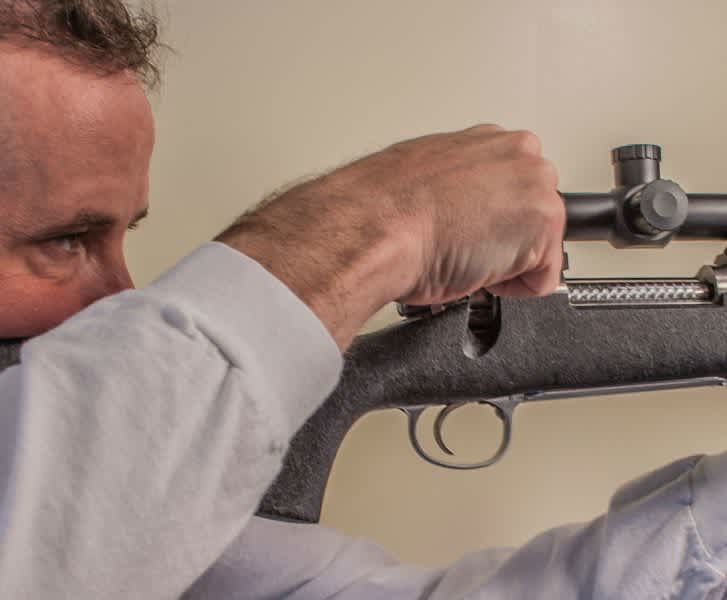
Hunters need reliability in rifle function and often, one or more fast follow-up shots. With proper operation, a bolt-action rifle can deliver both. Operation of a bolt-action rifle is straightforward; you pull the bolt handle up and to the rear, ejecting the spent case, and then push it forward and down to chamber the next cartridge. As simple as it may seem, the process is often performed incorrectly.
Removing the rifle from the shoulder during bolt operation drastically slows a shooter’s ability to deliver a fast follow-up shot. The same can be said for taking your eyes off the target. Both of these bad habits come about from what I think is too much time spent on the bench conducing relaxed shooting.
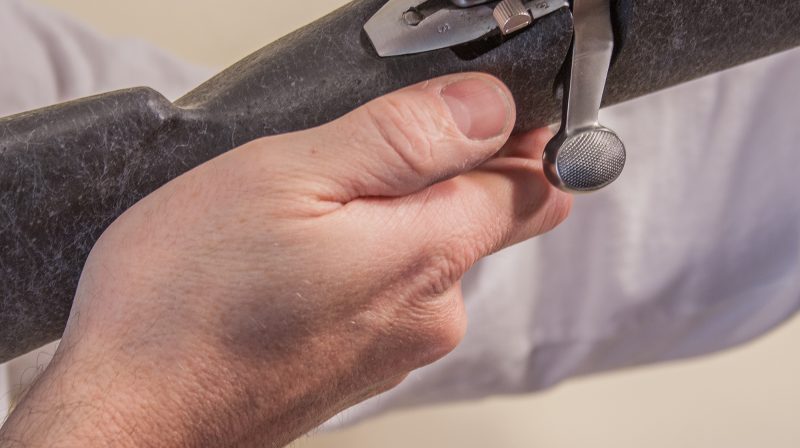
Working the bolt with insufficient force often results in what is known as “short stroking” the bolt and less than positive ejection. Rifle actions based on the 98 Mauser design have fixed ejectors. The force and distance these actions eject an empty is directly related to the force with which they are cycled. For those that think a bolt-action rifle cannot jam, especially one of the controlled-round-feed designs, you are sadly mistaken. If you work it wrong, it will lock up.
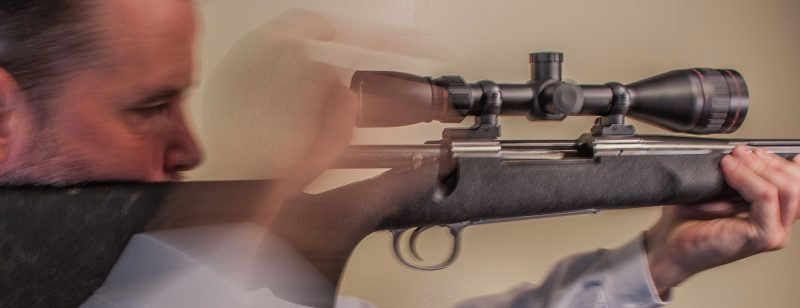
During one workshop, a shooter managed to let his hand drag over the safety on a Remington 700 as he pulled the bolt to the rear. When he closed the bolt the rifle was on safe and would not fire. This could very well be a situation that could be duplicated on dangerous game in a life-threatening circumstance, and may be the best argument I’ve heard for tang or bolt-mounted safeties. That said, of all the bolt actions I have worked with, Remington 700 style actions have produced the fewest problems overall.

Another issue I discovered during these exercises was the possibility of sear release during forcible bolt manipulation. In some cases, when shooters slammed the bolt forward, the sear released the firing pin. This occurred most often with Winchester Model 70 actions and was the product of an improperly tuned trigger. This did not result in the rifle discharging, but it did require the bolt to be raised to cock the action before the rifle could be fired. The lesson here is don’t adjust your rifle’s trigger unless you know what you are doing.
With the exception of shooting a right-hand rifle left-handed, there are essentially two methods of bolt-action operation. There is the open-palm method and the grip method. There are pros and cons of each, but if executed properly both offer the positive operation and the conservation of motion necessary to achieve reliable and fast operation.
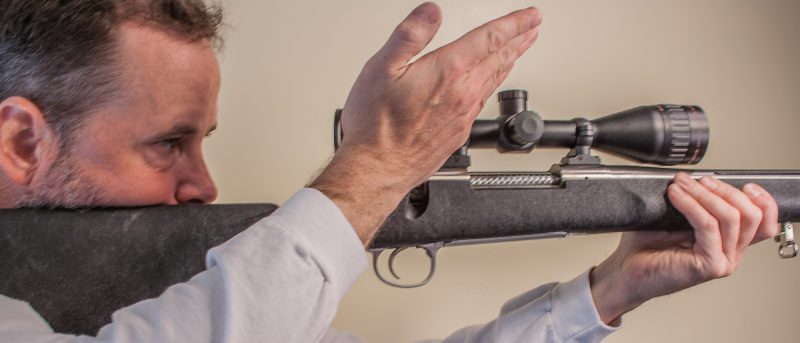
The open-palm method might be the easiest to teach. It doesn’t require the fine motor skills required by the grip method and allows more force to be exerted on the bolt handle during lifting. It is also works well when shooting from a bipod or solid rest.
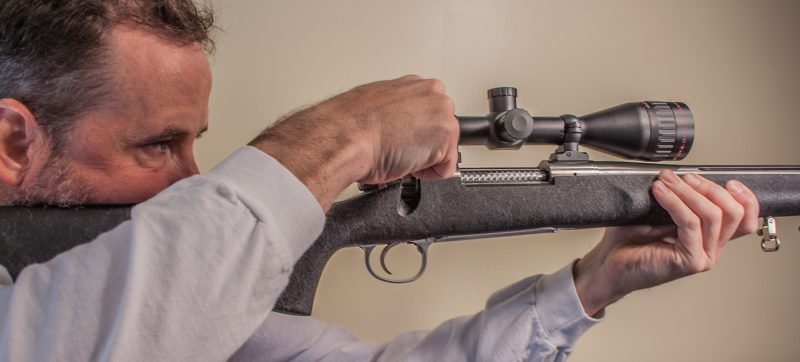
Because the grip method lets the shooter grasp the bolt handle, it provides two points of hold on the firearm at all times. I think this makes it a reliable method for the hunter who is often shooting from unconventional positions. The grip method also requires less motion because of the natural transition from the trigger/grip to the bolt by the shooting hand, and because the hand doesn’t need to be rotated around the bolt in its most reward position.
There are some shooters shooting right-handed rifles left-handed, and sometimes right-handed shooters may need to shoot from the other side. Regardless of the side you shoot from, or the method of bolt operation you employ, remember that smoothness breeds speed, and from start to finish bolt manipulation should be a continuous, forceful motion.
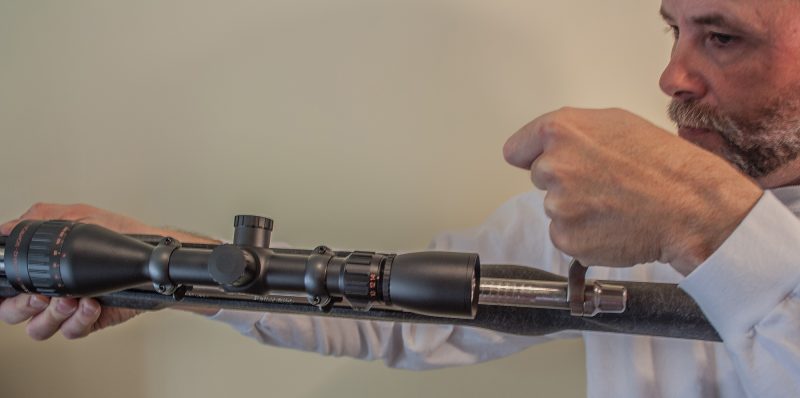
Six Tenants of Bolt-Action Operation
- Begin bolt manipulation as soon as the rifle fires
- Keep the butt of the rifle on your shoulder
- Keep eyes on the target
- Cycle the bolt fully and with authority
- Regain shooting grip immediately after closing the bolt
- Place sights back on target as soon as possible

